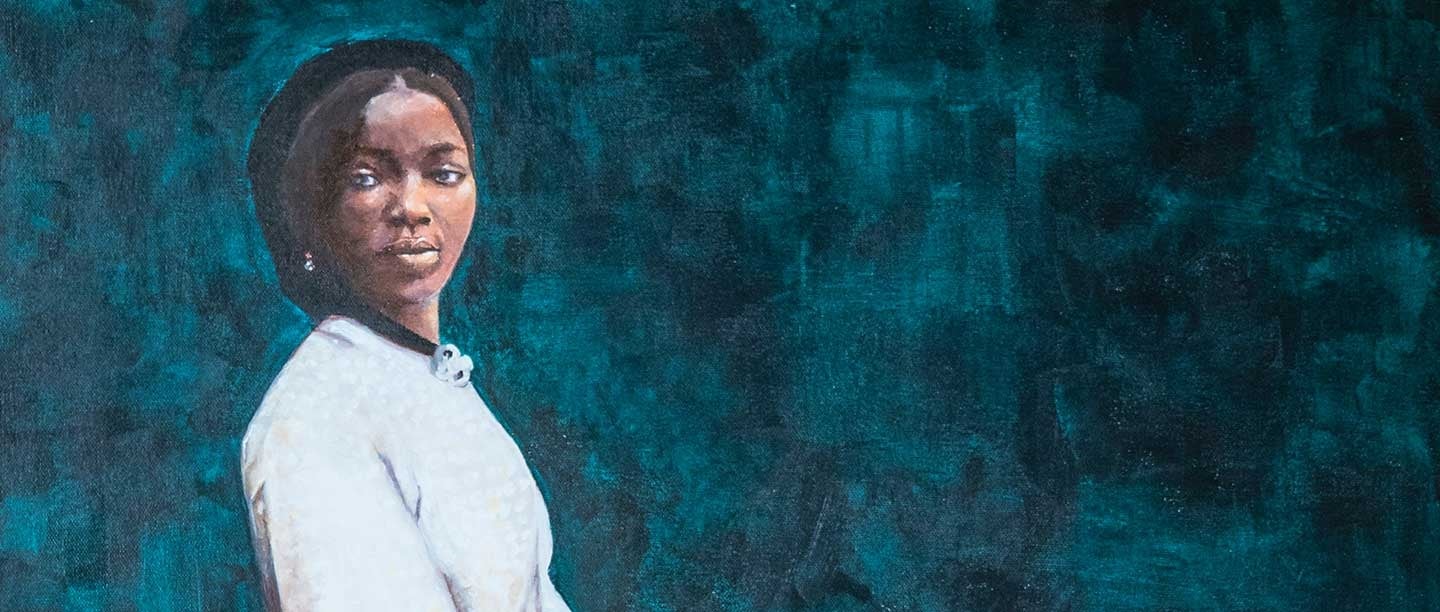Stories
-

Dido Elizabeth Belle
Born in the Caribbean, Dido Belle was a mixed-race woman raised as part of an aristocratic family in Georgian Britain.
-

The Somerset case
The Somerset v Stewart ruling in 1772 was a landmark in the progress towards the abolition of slavery in England, bringing the injustice of the slave trade to public attention.
-
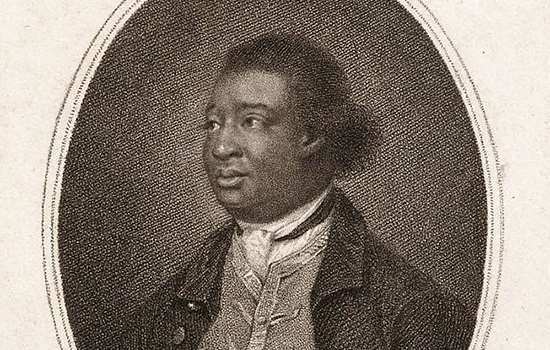
Black Lives in 18th-century Britain
We take a look at the lives of black people – including soldiers, servants and independent citizens – who lived in the shadow of slavery in 18th-century Britain.
-

The Black Prisoners of Portchester
Read the extraordinary story of a group of over 2,500 prisoners of war taken to Portchester Castle from St Lucia in 1796.
-

James Chappell
The heroic actions of James Chappell after an explosion on Guernsey in 1672 were enshrined in legend.
-

Sarah Forbes Bonetta
Read the extraordinary life story of the African child who was ‘gifted’ to Queen Victoria and became her protégée.
-
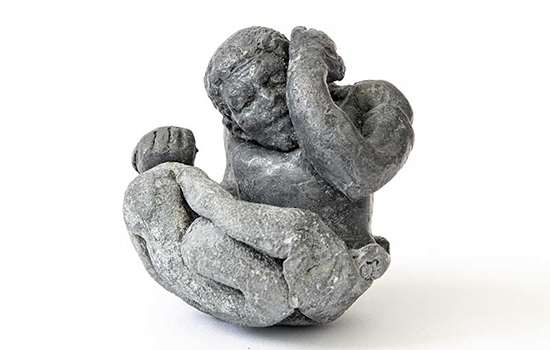
Lead Figurine of an African Warrior
Find out how recent research into a Roman figurine of an African found at Wall Roman Site in Staffordshire has resulted in a reinterpretation of its identity.
-

Voices of the Windrush Generation
Author and historian Colin Grant shares the story of a generation of pioneers in their own words, tracing their history from the 1947 British Nationality Act to the Windrush Scandal of 2018.
Transatlantic Slavery and Abolition
From the 17th through to the early 19th century, Britain played a central role in the transatlantic slave economy. At the core of this inhumane trade was the kidnap and exploitation of enslaved Africans to provide forced labour for the plantation economies of the Caribbean.
Discover how traces of transatlantic slavery can be found across many English Heritage sites, and explore the stories of individuals whose lives were touched by enslavement, including those who campaigned for its eventual abolition.
Read moreBlue Plaques
London’s famous blue plaques link the people of the past with the buildings of the present. From musicians to politicians, discover some of the pioneering black figures whose achievements are celebrated with blue plaques.
-

Winifred Atwell
Winifred Atwell was the first Black artist in the UK to have a number one single. Her trailblazing businesses were innovative and empowering.
-

Una Marson
Broadcaster, writer and equalities campaigner Una Marson was the first black producer at the BBC.
-

CLR James
CLR James earned iconic status among the West Indian community in Britain. He wrote The Black Jacobins (1938), a history of Haitian independence, and campaigned for Trinidad’s independence.
-

Ellen and William Craft
Ellen and William Craft were African American freedom fighters who escaped from enslavement in Georgia and in 1851 fled to Britain, where they supported anti-slavery efforts.
-

Olive Morris
Olive Morris was an activist dedicated to speaking out on behalf of oppressed and exploited people.
-

J S Risien Russell
JS Risien Russell was a pioneering figure in the emerging discipline of neurology in the late 19th and early 20th centuries.
-

Claudia Jones
Claudia Jones was a ceaseless campaigner for racial justice and is credited with having been among the first to bring Caribbean carnival to London.
-

Laurie Cunningham
Laurie Cunningham was the first black footballer to play for England in a competitive match and the first Englishman to play for Real Madrid.
-

Ottobah Cugoano
Ottobah Cugoano was an anti-slavery campaigner and one of the first formerly enslaved people to write and publish a text in the English language.
-

Mary Seacole
The Jamaican nurse Mary Seacole set up a hotel in the war-torn Crimea to provide shelter, food and treatment for injured soldiers.
-

Samuel Coleridge-Taylor
The composer Samuel Coleridge-Taylor achieved international fame for his trilogy of cantatas, ‘The Song of Hiawatha’.
-

John Richard Archer
John Archer was the former Mayor of Battersea and the first black person to hold a senior public office in London.
-

Elisabeth Welch
Singer Elisabeth Welch was one of Britain’s best-loved interpreters of popular song. Her recording career spanned eight decades and encompassed New York, Paris and London.
-

Sir Learie Constantine
The cricketer and statesman Sir Learie Constantine became Britain’s first black peer in 1969.
-

Jimi Hendrix
The guitarist and songwriter Jimi Hendrix became an overnight sensation with the release of his band’s first single, ‘Hey Joe’, in 1966.
-

Bob Marley
Bob Marley was one of the most influential musicians of the 20th century. He is commemorated with a blue plaque on the house where he and The Wailers finished recording their iconic album Exodus.
-

Dr Harold Moody
The campaigner for racial equality Dr Harold Moody founded the League of Coloured Peoples in 1931.
-

Ira Aldridge
In 1833 Ira Aldridge became the first black actor to play Othello on a West End stage.
-

Jomo Kenyatta
Jomo Kenyatta became the first President of Kenya after the country won independence from the British Empire in 1963.
-

Kwame Nkrumah
Kwame Nkrumah helped secure Ghana’s independence from Britain in 1957 and became the country’s first Prime Minister and President.
-

Marcus Garvey
Marcus Garvey was a black nationalist who became an inspirational figure for later civil rights activists.
-

Cetshwayo
Cetshwayo kaMpande was king of the Zulus during the Anglo-Zulu War of 1879. In 1882, he visited London and stayed at 18 Melbury Road in Holland Park.
-

Solomon T Plaatje
The South African writer Solomon T Plaatje was a significant campaigner for African rights and played a pioneering role in the emergence of African literature.
-

Adelaide Hall
Adelaide Hall was a singer from Brooklyn known for her innovative use of her voice as a jazz instrument.
Propose a blue plaque
We recognise the need to increase the racial diversity of the English Heritage blue plaques scheme to reflect London’s history.
Public nominations are at the heart of the scheme, so if you know of someone eligible, nominate them to help uncover the stories of those whose achievements have so far been unacknowledged.
Find out how to nominate someone for a blue plaqueThe English Heritage Podcast
-
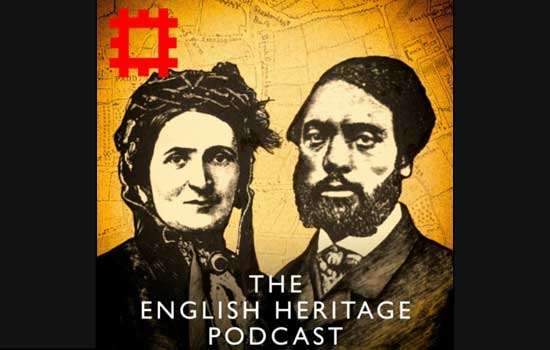
Freedom fighters: the story of Ellen and William Craft
In this episode, we explore the historic journey of two refugees from slavery and campaigners for its abolition, who escaped from America to England.
-
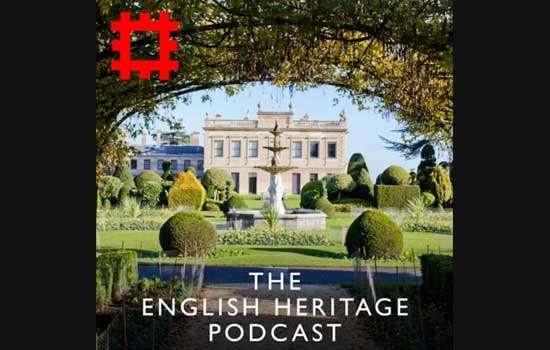
Exploring the legacy of the transatlantic slave trade at Brodsworth Hall
A collection of five sculptures by artist Carl Gabriel is helping us explore the story of Peter Thelluson, who made his fortune from goods connected to slave-based production.
-

Painting a portrait of Sarah Forbes Bonetta at Osborne
In this episode we focus on the Painting Our Past exhibition of portraits, which were commissioned to celebrate the lives of six people of the African diaspora whose stories have contributed to England’s rich history.
-
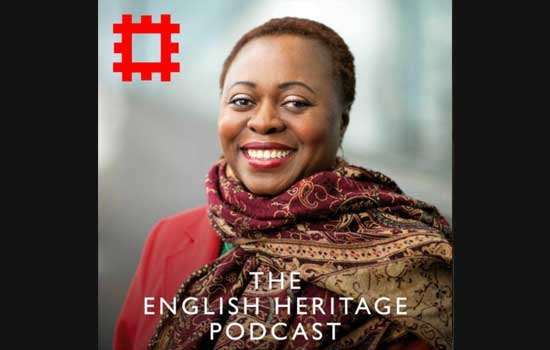
Voices of England: How slavery shaped the nation
Professor of History and Memory of Slavery at the University of Bristol, Olivette Otele, discusses Britain’s dominant role in transatlantic slavery, and the legacies of the trade that still shape our world today.
-

Black plaques: Celebrating London’s black history
Curatorial Director Anna Eavis and historian Steve Martin discuss a president, a doctor, a nurse, two stars of stage and screen, and a footballer, who are all commemorated with English Heritage blue plaques.
-

Untold stories: Poetry for English Heritage
English Heritage’s poet-in-residence Jacob Sam-La Rose and emerging Poet Esme Allman discuss the poetry programme Untold Stories.
-
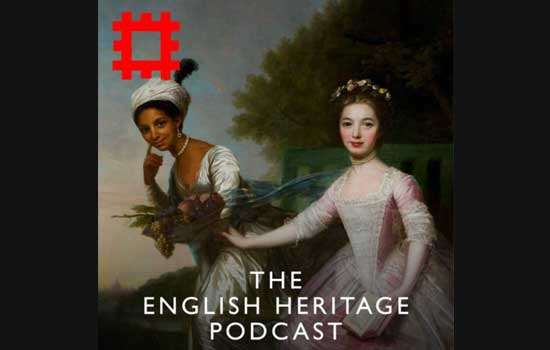
The story of Dido Belle at Kenwood
We’re joined by Cathy Power and Sarah Murden to discuss the story of Dido Elizabeth Belle, the daughter of British naval officer Sir John Lindsay and a formerly enslaved woman named Maria Bell.
-

Exodus: the story behind reggae legend Bob Marley’s blue plaque in London
We interview historian Howard Spencer to reveal the story behind the blue plaque at the Chelsea house where reggae singing sensation Bob Marley lived in 1977 after fleeing from Jamaica.
PAINTING OUR PAST: THE AFRICAN DIASPORA IN ENGLAND
In 2021 English Heritage commissioned a series of six portraits celebrating the lives of people of the African diaspora whose stories have contributed to England’s rich history. Each artist was supported by our curators and historians to creatively depict their subject.
Each painting was hung at the English Heritage site connected to its subject.
Read MoreShout Out Loud
Shout Out Loud is English Heritage’s national youth engagement programme, delivered with our amazing partners and supported by the National Lottery Heritage Fund #KicktheDust programme. We provide a platform for young people to explore heritage sites and collections across England, helping them to uncover untold stories from our past.
-
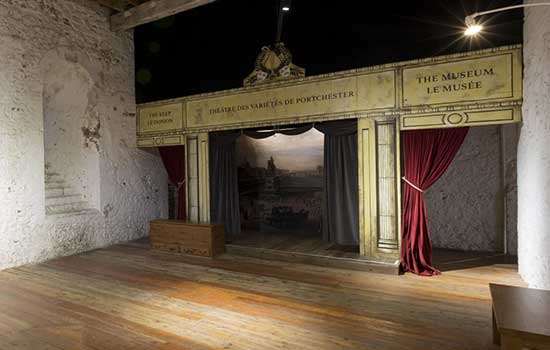
Freedom and Revolution
In 1807 a play was staged at Portchester Castle about the revolution in Haiti. In collaboration with the National Youth Theatre we are reimagining this play, switching the focus away from the original colonial male perspective, and retelling it from a Black female point of view.
-

Stories, Sites and Sounds
Members of the Chineke! Junior Orchestra explored the lives of three historical figures, including Sarah Forbes Bonetta and Dido Belle, and then created incredible pieces of music inspired by their stories.
-

Tilbury is the Place for Me
Working with Kinetika, Anthony Joseph, Kinetika Bloco band and the Migration Museum, this project explored Tilbury’s migration history and sense of place, by creating a new calypso song.
Teaching Resource: Black Lives in Britain
The story of black lives in Britain is long, varied and complex. To help you chart the story of black Britons, we’ve brought together teaching resources from across our sites to share with you.
Get involved by doing your own research, trying some of our suggested activities, and enjoying our selection of videos and podcasts.
Read more